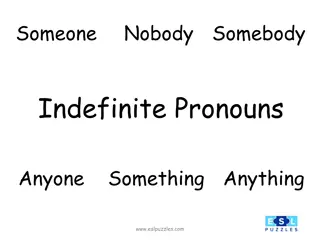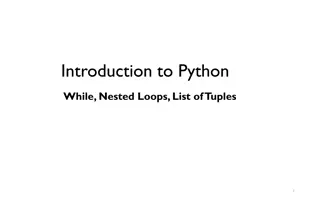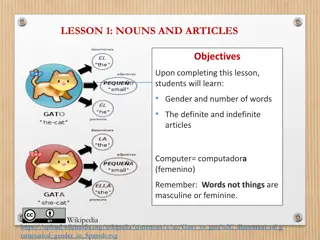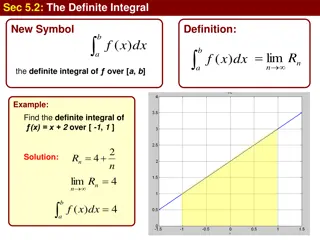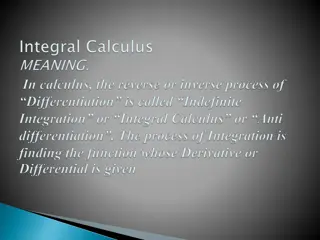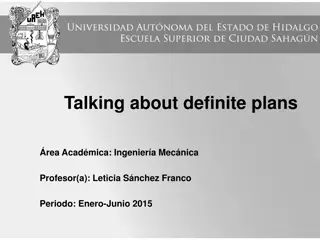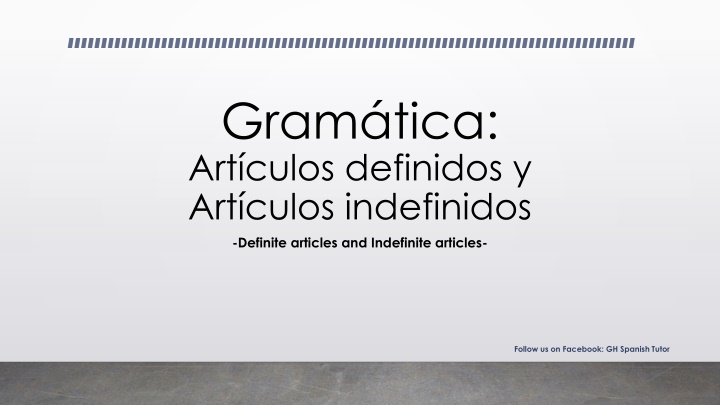
Spanish Articles: Definite and Indefinite, Rules and Examples
Dive into the world of Spanish articles with this informative guide covering definite (el, la, los, las) and indefinite articles (un, una, unos, unas). Learn the rules, different uses, and examples for a better understanding. Enhance your Spanish language skills with GH Spanish Tutor!
Download Presentation

Please find below an Image/Link to download the presentation.
The content on the website is provided AS IS for your information and personal use only. It may not be sold, licensed, or shared on other websites without obtaining consent from the author. If you encounter any issues during the download, it is possible that the publisher has removed the file from their server.
You are allowed to download the files provided on this website for personal or commercial use, subject to the condition that they are used lawfully. All files are the property of their respective owners.
The content on the website is provided AS IS for your information and personal use only. It may not be sold, licensed, or shared on other websites without obtaining consent from the author.
E N D
Presentation Transcript
Gramtica: Art culos definidos y Art culos indefinidos -Definite articles and Indefinite articles- Follow us on Facebook: GH Spanish Tutor
Follow us on Facebook: GH Spanish Tutor Art culos DEFINIDOS o DETERMINADOS -Definite or determinate Articles- Art culos INDEFINIDOS o INDETERMINADOS -Indefinite or indeterminate Articles- ART CULOS -Articles- el los la las un una unos unas lo (neuter) THE A AN SOME
Follow us on Facebook: GH Spanish Tutor Art culos DEFINIDOS o DETERMINADOS -Definite or determinate Articles- Art culos INDEFINIDOS o INDETERMINADOS -Indefinite or indeterminate Articles- ART CULOS -Articles- Algo que ya conocemos Something we already know Algo que NO conocemos previamente Something we DON T know previously
Follow us on Facebook: GH Spanish Tutor Diferentes usos de los Art culos Different uses of the articles
Follow us on Facebook: GH Spanish Tutor 1. DEFINATE ARTICLE (EL, LA, LOS LAS) when talking about likes and dislikes In Spanish we MUST use these articles Me encanta el zumo de naranja No me gustan las pel culas de suspenso, prefiero las peliculas c micas Me gustan los deportes en general Detesto el caf con leche
Follow us on Facebook: GH Spanish Tutor 2. FEMININE DEFINITE ARTICLE TO TELL TIME (la las): - Time in Spanish are all feminine (because we are talking about la hora and is feminine) and we have to include the feminine article. - Es la una de la ma ana - A las tres y media - Son las cinco y veinte - Mis clases empiezan a las ocho y cuarto
Follow us on Facebook: GH Spanish Tutor 3. When talking about days of the week use MASCULINE DEFINITE ARTICLE (el los): - Because we are talking about el d a and is masculine - When we talk about one specific day of the week, use el : - Viajar a Lima el martes pr ximo (I will travel to Lima next Tuesday) - When talking about something habitual or something happens every week, use los - Visito a mis padres los domingos (I visit my parents every Sunday)
Follow us on Facebook: GH Spanish Tutor 4. WE DON T USE ANY ARTICLE WHEN WE TALK ABOUT: - Profession, nationality, religion, and other abstract ideas to describe our identities. - Soy profesor de espa ol (I am a Spanish teacher) - Ella es cubana (She is a Cuban) - However, if we want to add more information we insert an indefinite article: (un-una) - Es una buena estudiante de espa ol (She is a good Spanish student) - l es un ni o muy educado (He is a well educated/polite boy)
Follow us on Facebook: GH Spanish Tutor 5. WE DON T USE ANY ARTICLE WHEN WE TALK ABOUT AN UNSPECIFIED QUANTITY: - In English we use some or any to talk about unspecified quantity of something or with uncountable noun: - I d like some mashed potatoes - I don t fancy any drink - In Spanish we don t need them. - Me gustar a pur de patatas - No me apetece ninguna bebida
Follow us on Facebook: GH Spanish Tutor 6. WE USE UNDEFINATE ARTICLE un una FOR EMPHASIS AND COLLOQUIALLY: - In Spanish we use the verb tener to express states of being: - Tener dolor (to be hurt), tener prisa (to be in a hurry), tener calor (to be hot), tener sed (to be thirsty), tener fr o (to be cold), tener suerte (to be lucky), etc. - We can add the appropriate indefinite article (un, una) to add emphasis or urgency in colloquial contexts. - Tengo una suerte con las chicas, t o! (I m so lucky with girls, dude!) - Tengo un calor, madre m a, que no lo soporto! (I m so hot, mother of God, I can t stand it!)
Follow us on Facebook: GH Spanish Tutor 7. HOWEVER, BE CAREFUL WHEN YOU USE AN ARTICLE THAT STARTS WITH a : - If the noun starts with a stressed letter a , the article will change to el . This is to avoid the forced sound of two as next to each other. For example: - La agua (water) elagua - La guila (eagle) el guila - But, if you are using it in plural, the article goes back to its feminine form. For example: - Aguas lasaguas - guilas las guilas
Follow us on Facebook: GH Spanish Tutor 8. THE NEUTER ARTICLE lo : - Sometimes is possible to pair an article (el, la) with an adjective (describing word) to make it into a noun (object word). - In this case we use the Neuter article lo - It is neuter because it doesn t describe a specific gender. For example: - A m me gusta mucho lo dulce I like sweet things a lot Resources: www.fluent.com www.spanishdict.com





